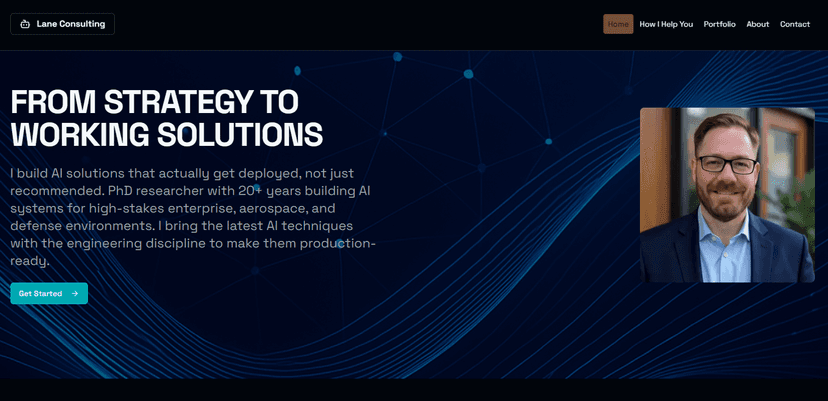Portfolio
Real-world applications spanning aerospace, defense, research, and rapid development. Each project represents a unique challenge solved with cutting-edge AI techniques and engineering discipline.
Real-World Impact
LETO: Space Station Data Analytics
Challenge: As the commercial space industry accelerates toward deep-space destinations, the human capital required to support operations grows dramatically. Traditional ECLSS monitoring required extensive manual analysis by specialized teams.
Solution: Developed Leto™, a full-stack spaceflight intelligence system that integrates physics-based models and AI-powered algorithms to continuously monitor Environmental Control and Life Support Systems (ECLSS). Trained and verified on decades of spaceflight telemetry to provide performance metrics, prognostics, and anomaly detection.
Impact: Enables greater insight into system performance while reducing labor required, allowing critical engineering staff to focus on value-added activities. The system alerts users to system degradation and advises when maintenance events should occur, improving safety and operational efficiency.
Related Research: Leto™ - A Spaceflight Intelligence System presented at the 53rd International Conference on Environmental Systems.
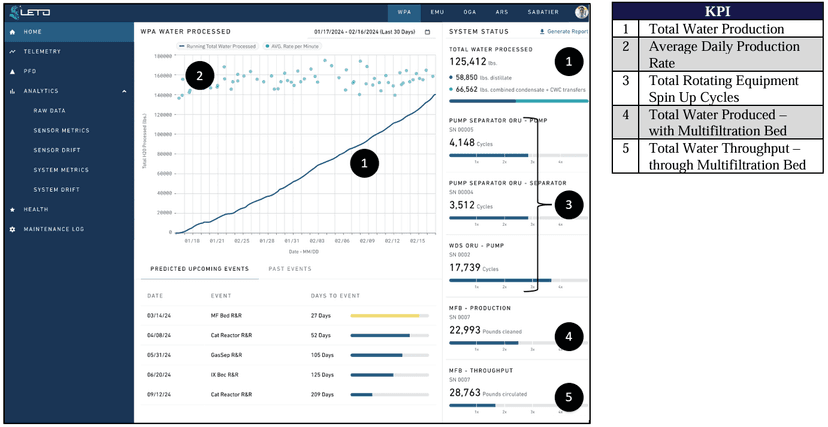
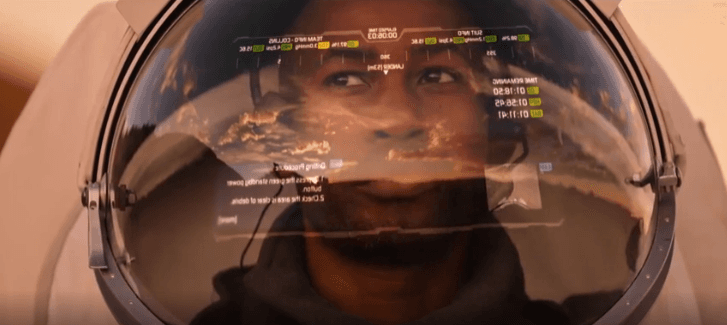
ASTERIA: Aerospace & Defense LLM System
Challenge: Deep space missions and deployed submarines face extreme operational constraints where live support from Earth is impossible due to communication delays or complete isolation. Traditional manual and procedure access systems are inadequate for these environments, yet crew safety depends on instant access to critical information.
Solution: Developed Asteria, Leto's sister project, as a spacesuit-integrated AI assistant featuring a miniaturized on-premises LLM system optimized for small SWAP (Size, Weight, and Power) computing constraints. The system provides instant access to manuals and procedures while operating within the severe resource limitations of spacesuits and submarine environments.
Impact: Crew members can now access critical manuals and procedures instantly through AI assistance, even when completely isolated from Earth-based support. The miniaturized system enables deployment in resource-constrained environments while maintaining full operational capability.
Related Research: Research paper in preparation for upcoming International Conference on Environmental Systems (ICES).
HODOS: Spacesuit AR System
Challenge: Planetary EVAs pose unique operational challenges demanding HCIs that empower crewmembers to interact seamlessly with their environment. Traditional spacesuit displays were limited to simple 12-character LCD screens and EVA cuff checklists.
Solution: Developed head-up displays (HUDs) with interactive navigation software, Astronaut Smart Glove (ASG), and Natural Language Interface (NLI) for the NextEMU spacesuit. The system supports navigation, sample collection, and terrain surveillance operations aligned with Artemis EVA expectations.
Impact: Field-tested at the Haughton-Mars Project Research Station on Devon Island in Arctic conditions. Human-in-the-loop testing with subjects from geology, EMU systems engineering, and aviation backgrounds validated the system's usability for planetary surface exploration.
Published Research: Usability And Control Mechanisms of Displays for Planetary Surface Operations presented at the 53rd International Conference on Environmental Systems.
Documentary: Hodos Spacesuit AR System - Behind-the-scenes look at the development and testing of this groundbreaking technology.
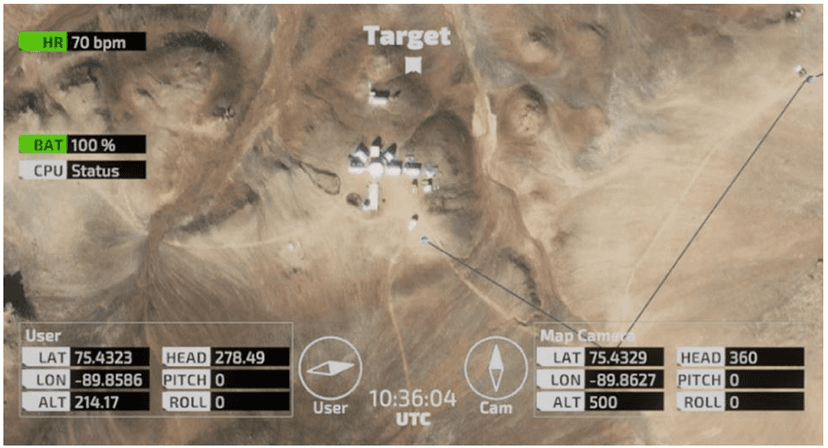
Cutting-Edge Research
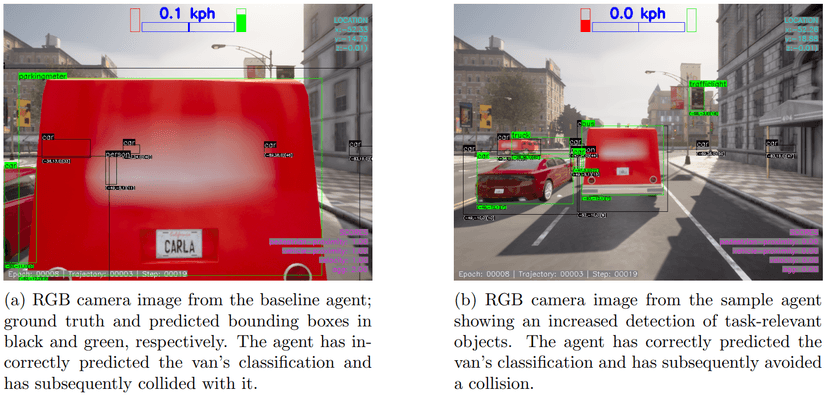
PRAECEPTION: Safety-Enhanced Autonomous Vehicles
Challenge: Learning-enabled cyber-physical systems like autonomous vehicles face fundamental safety challenges when AI components operate in safety-critical environments where failures can have catastrophic consequences.
Solution: Developed novel approaches for assessing and enhancing system-level safety in learning-enabled autonomous vehicles, combining formal verification methods with AI safety constraints to ensure reliable operation in complex real-world scenarios.
Impact: Created frameworks for safety assessment that bridge the gap between AI capabilities and safety requirements, enabling deployment of autonomous systems with quantifiable safety guarantees in critical applications.
Dissertation Research: Assessing and Enhancing System-Level Safety in Learning-Enabled Cyber-Physical Systems - Iowa State University, 2023.
AEROPHASE: Aerial Traffic Management
Challenge: Managing autonomous aircraft in congested airspace requires safety-critical cyber-physical systems that can prevent catastrophic failures while handling complex multi-agent interactions in real-time.
Solution: Developed physics-inspired AI systems with formal safety verification for aerial traffic management, ensuring learning-enabled components operate within proven safety bounds while maintaining operational efficiency.
Impact: Enables safe autonomous flight operations in dense airspace through systematic safety assessment methodologies that quantify and mitigate risks in learning-enabled air traffic systems.
Dissertation Research: Assessing and Enhancing System-Level Safety in Learning-Enabled Cyber-Physical Systems - Iowa State University, 2023.
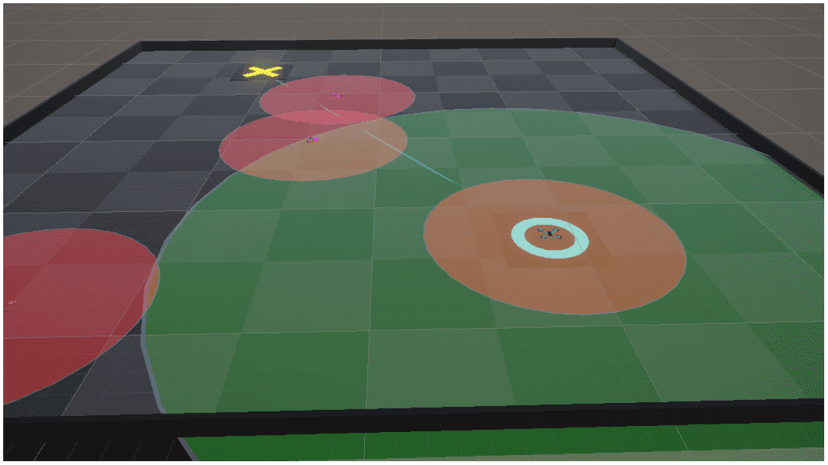
Defense & Edge Computing
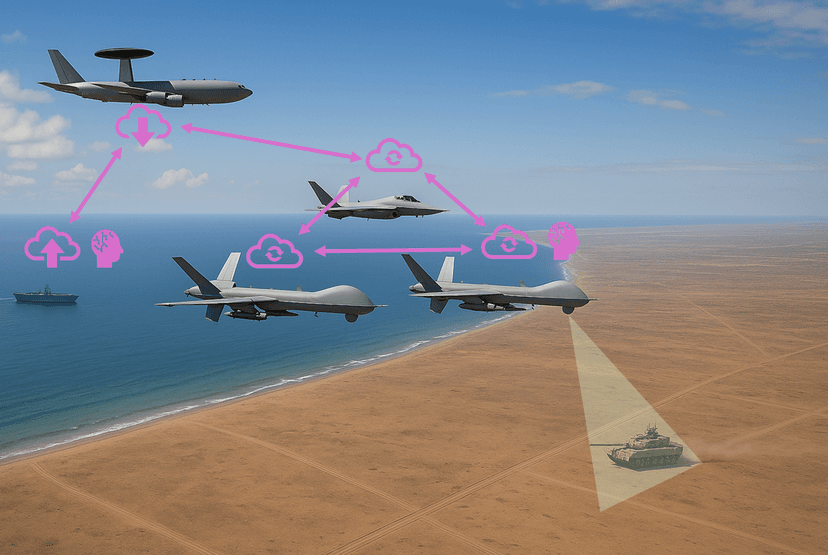
Military Edge AI Pipeline
Challenge: Military autonomous systems require AI capabilities in contested environments where cloud connectivity is unreliable or compromised.
Solution: Deployed distributed computer vision and target recognition across cloud/edge infrastructure, ensuring mission-critical capabilities remain operational even with limited connectivity.
Impact: Autonomous systems can now operate effectively in contested environments, maintaining AI capabilities through resilient distributed architecture.
Space-Based Edge Computing
Challenge: Lunar missions require AI-powered computing systems that can operate autonomously for months in extreme conditions no terrestrial system has faced.
Solution: Developed AI-accelerated computing nodes specifically designed for lunar deployment, handling complex workloads in radiation, temperature extremes, and communication delays.
Impact: Enables autonomous lunar operations with sophisticated AI decision-making, reducing dependence on Earth-based mission control.
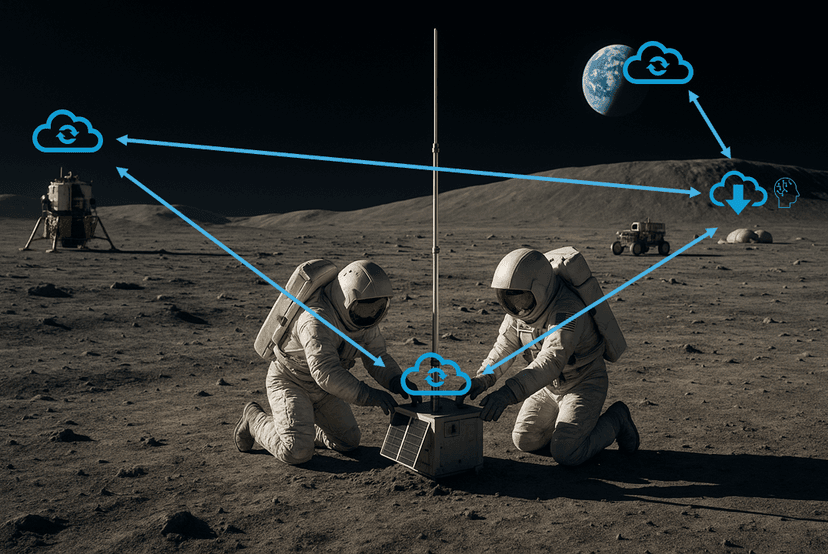
Training & Rapid Development
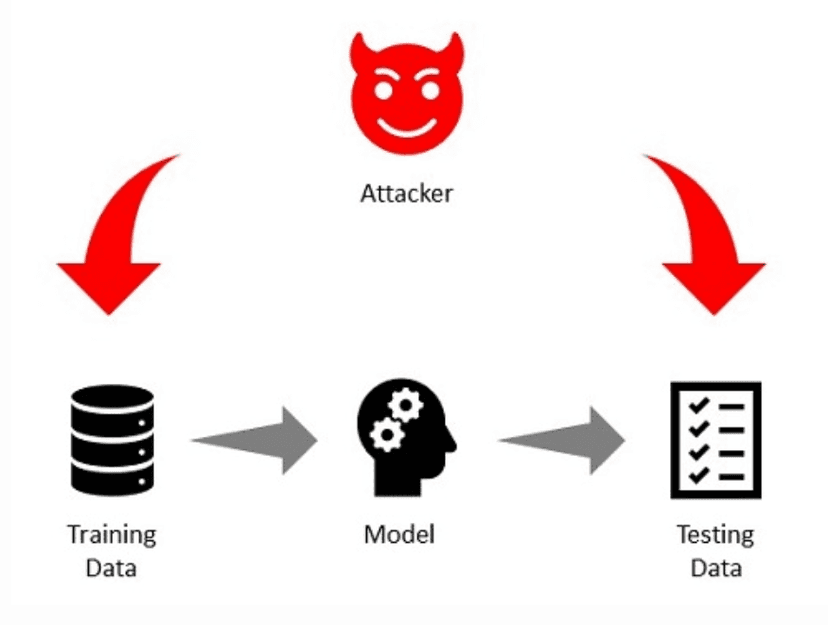
AI Security Workshop
Challenge: Aerospace engineers needed practical understanding of adversarial attacks that could compromise safety-critical AI systems, particularly in aviation contexts where model failures could have catastrophic consequences.
Solution: Developed a comprehensive tutorial using runway number detection as a motivating example. The workshop covers attack taxonomy (black box, gray box, white box), demonstrates famous attacks like the panda→gibbon misclassification and Tesla speed limit hack, and implements the Fast Gradient Sign Method (FGSM) algorithm with practical defenses.
Impact: Educated hundreds of engineers through hands-on learning with the Adversarial Robustness Toolbox, teaching both attack methods and defense strategies including adversarial training, monitoring systems, and formal verification approaches for safety-critical applications.
Interactive Tutorial: Adversarial Attacks Tutorial - Complete workshop with aviation safety examples and practical exercises.
Open Source Code: GitHub Repository - Jupyter notebooks with implementation details and hands-on exercises.
This Website
Challenge: As a backend engineer and researcher, building a professional consulting website traditionally would take weeks of frontend development work.
Solution: Leveraged AI tools throughout the development process, from design concepts to code generation, while maintaining professional quality and functionality.
Impact: Completed a full consulting website in days rather than weeks, demonstrating how AI can accelerate development cycles for technical professionals outside their primary expertise areas.
